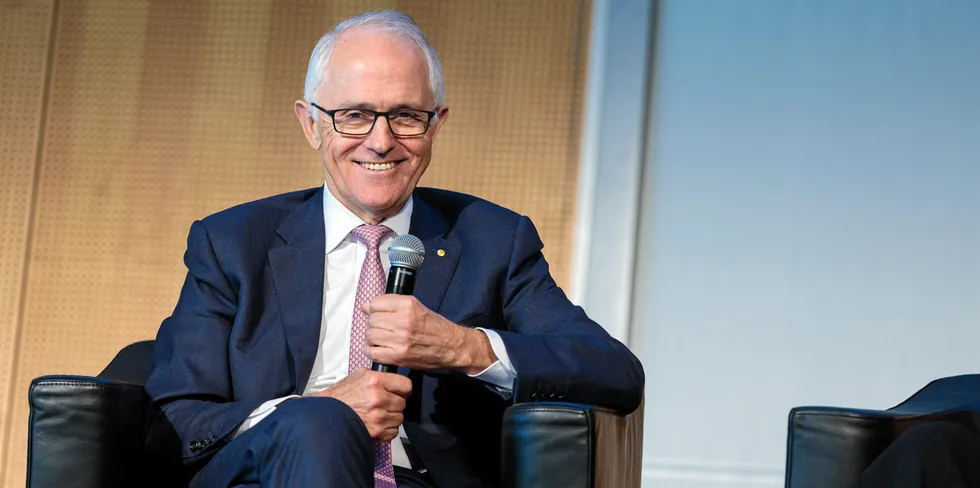EXCLUSIVE | 'You’ve got to be really careful with hydrogen subsidies — and avoid blue H2': Australian ex-PM Turnbull
'It’s easy for a politician to say "I’ll support every colour of hydrogen"… but taxpayer money should only be put into what you know has to be the winner,' he tells Recharge
